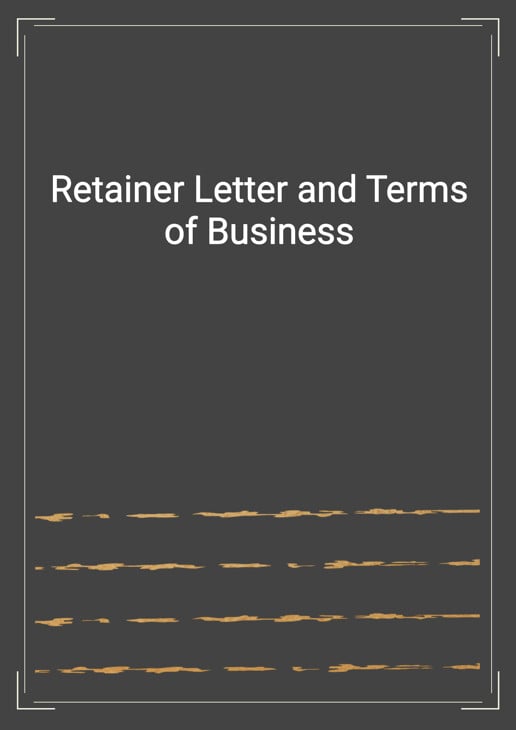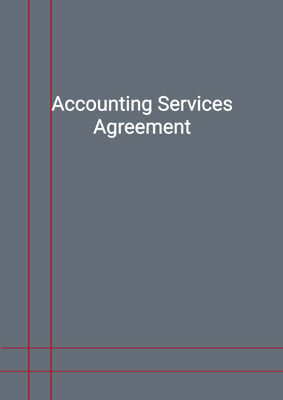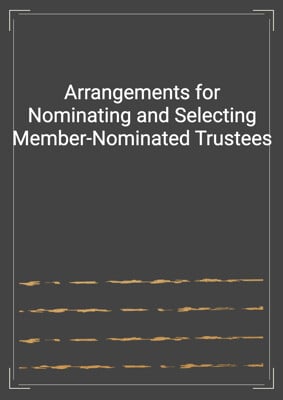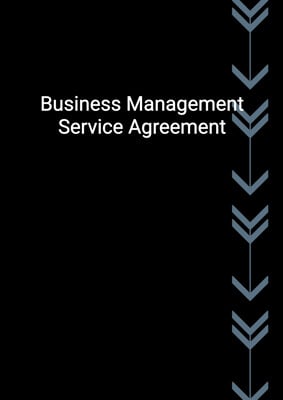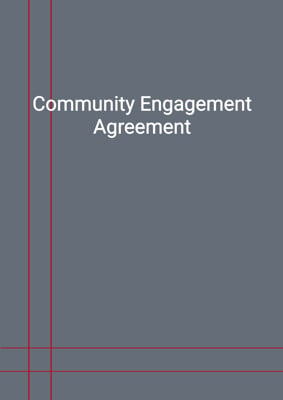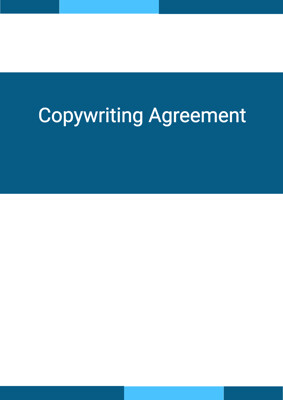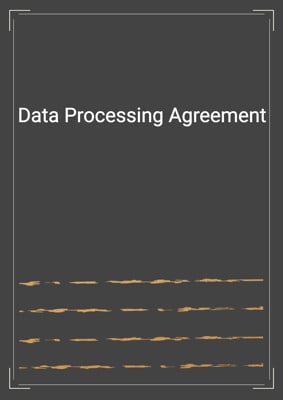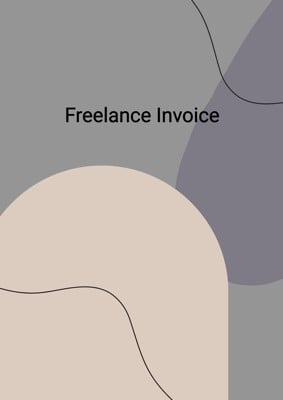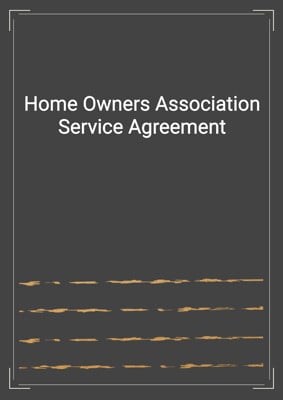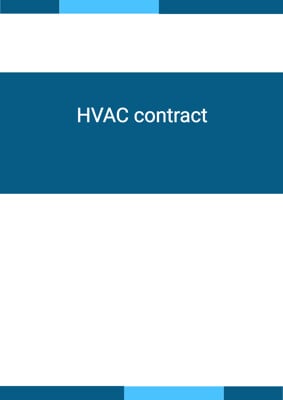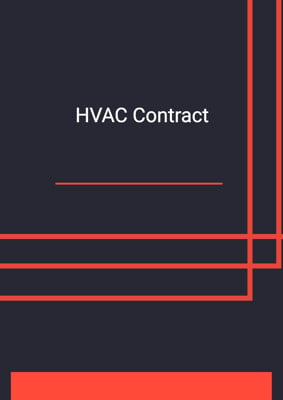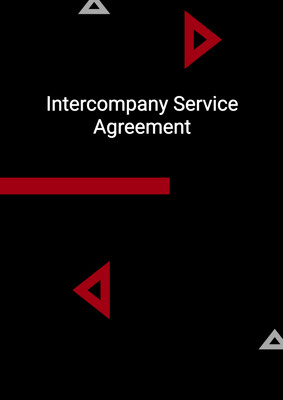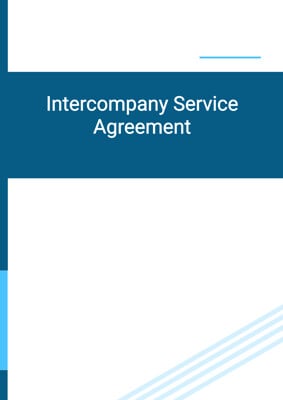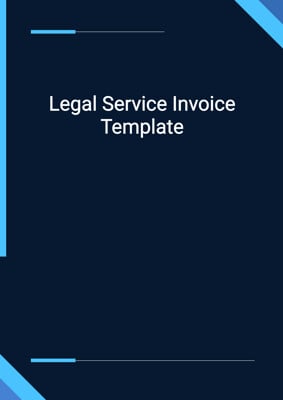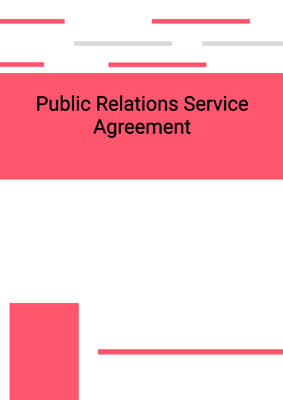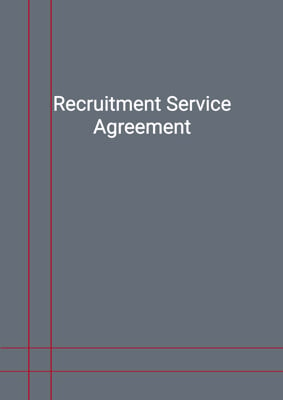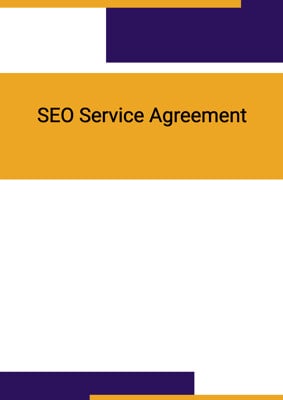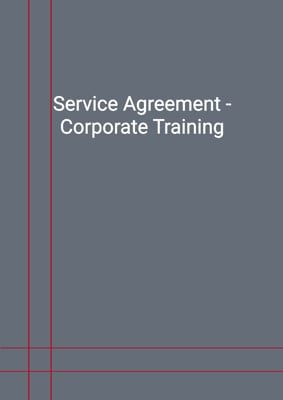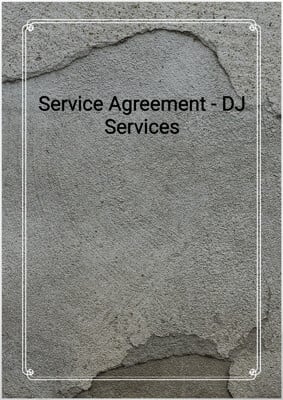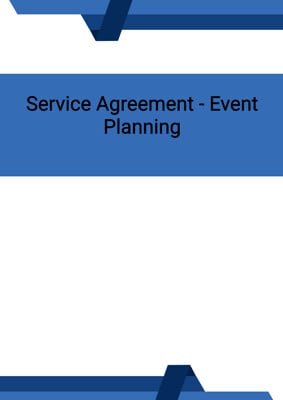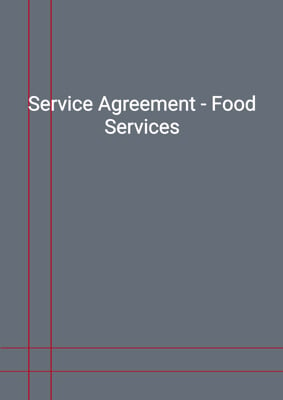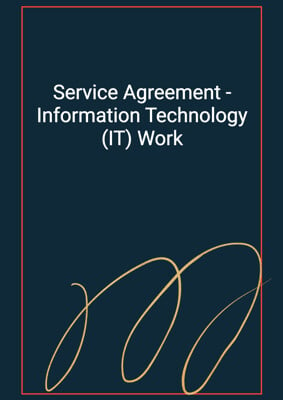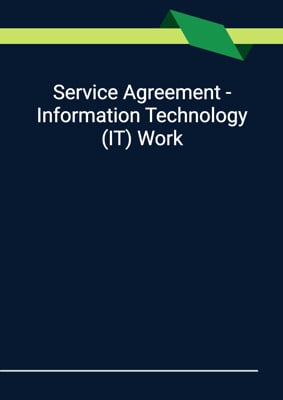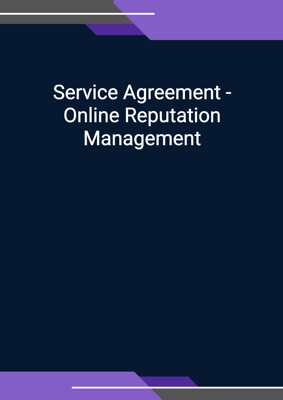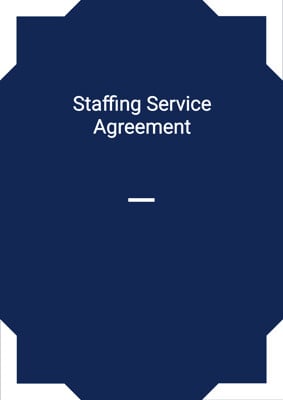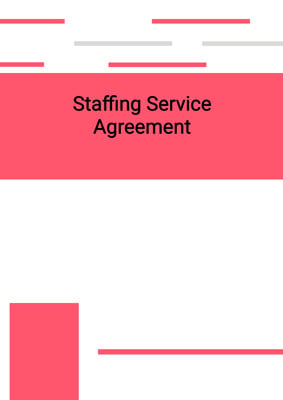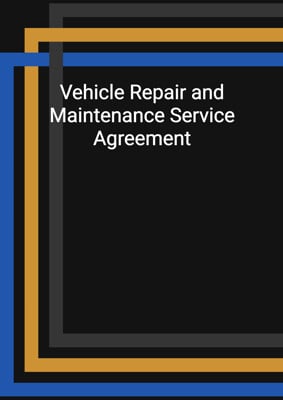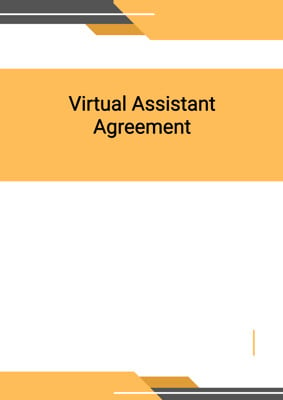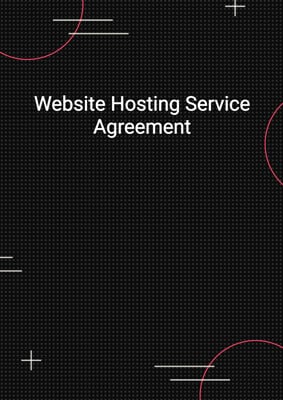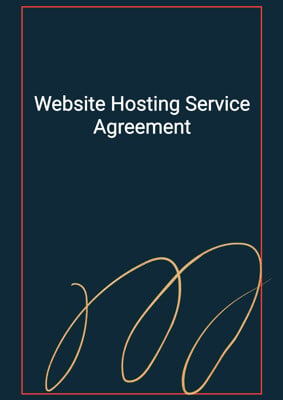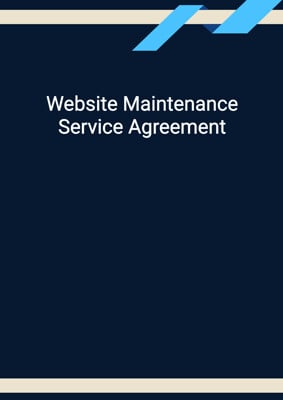How to Tailor the Document for Your Need?
01
Create Document
Fill in the details of the parties. You can click the "Fill with Member’s Information" button to complete it with information saved to your account.
02
Fill Information
Please fill in any additional information by following the step-by-step guide on the left hand side of the preview document and click the "Next" button.
03
Get Document
When you are done, click the "Get Document" button and you can download the document in Word or PDF format.
04
Review Document
Please get all parties to review the document carefully and make any final modifications to ensure that the details are correct before signing the document.
Document Preview
Document Description
The document titled 'Retainer Letter and Terms of Business' is a formal letter that outlines the scope of engagement and terms of business between the parties involved. It is an important document as it establishes the legal relationship between the account job company and party 1. The document begins with a personalized greeting to party 1 contact and expresses gratitude for their appointment of the account job company for legal services. The standard terms of business are then explained in detail.
The document is divided into several sections, each addressing a specific aspect of the engagement. The first section, 'Scope of Engagement,' highlights that most of the work will be carried out by a specific individual, referred to as 'name,' who is the solicitor with ultimate responsibility for the matter. It also mentions the possibility of another staff member being allocated to the matter if necessary. The section emphasizes the importance of communication and provides contact information for alternative points of contact.
The second section, 'Fees and Charges,' explains how the charges for the legal services are calculated based on factors such as time expended, complexity of the matter, and the seniority and experience of the handler. It mentions the use of hourly rates and provides information on how time is recorded and billed. The section also discusses the requirement for payments on account and the submission of interim fee bills. It highlights the importance of settling bills within 30 days to avoid interest charges.
The third section, 'Termination of Retainer,' outlines the circumstances under which the account job company may cease to act for party 1. It mentions situations such as inability to obtain proper instructions, non-payment of invoices, or conflicts of interest. It explains that in such cases, the account job company may exercise a lien over party 1's file of papers until all fees and disbursements are paid.
The fourth section, 'Orders for Costs,' provides information on the recovery of costs in civil litigations matters. It clarifies that although the courts may order the unsuccessful party to pay costs, the amount recoverable may not cover the full costs incurred. It emphasizes that party 1 remains primarily responsible for payment of the account job company's legal fees.
The fifth section, 'Client Due Diligence Obligations,' explains the requirements and guidelines on anti-money laundering and know your client. It states that party 1 must provide certain documents and information to fulfill the account job company's client due diligence procedures. It mentions the handling of personal data and privacy requirements.
The sixth section, 'Limitation of Liability,' sets out the limitations on the account job company's liability in respect of the provision of legal services. It clarifies that the account job company is not liable for loss or damage attributable to party 1's negligence or fault. It also limits the account job company's liability for non-contentious legal services to the sums billed and paid for the services performed.
The seventh section, 'Miscellaneous,' covers various additional provisions, including the method of communication, clarification of terms, invalidity of provisions, and the binding nature of the retainer. It mentions the superseding of previous agreements and the requirement for written amendments. It also addresses the joint and several liability of multiple parties and includes a jurisdiction clause.
In summary, the 'Retainer Letter and Terms of Business' is a comprehensive document that establishes the scope of engagement and terms of business between the account job company and party 1. It covers various aspects such as fees, termination, client due diligence, limitation of liability, and miscellaneous provisions. It is crucial for both parties to understand and agree to the terms outlined in the document.
How to use this document?
1. Review the 'Retainer Letter and Terms of Business' document carefully to understand the scope of engagement and terms of business between the account job company and party 1.
2. Ensure that the document accurately reflects the agreement and instructions provided to the account job company.
3. If any terms in the document are unclear, promptly raise queries with the account job company for clarification.
4. Comply with the payment terms mentioned in the document, including paying invoices within 30 days to avoid interest charges.
5. Provide the necessary documents and information requested by the account job company to fulfill client due diligence obligations.
6. Understand the limitations of liability outlined in the document and be aware of the account job company's responsibilities and the client's responsibilities.
7. Keep a copy of the signed 'Retainer Letter and Terms of Business' for future reference.
8. If there are any changes or amendments to the engagement or terms of business, ensure that they are agreed upon in writing and executed by both parties.
9. If there are multiple parties involved, understand the joint and several liability and the implications for payment of costs and disbursements.
10. If there are any disputes or concerns regarding the engagement or terms of business, seek legal advice or consider the termination provisions outlined in the document.
Not the right document?
Don’t worry, we have thousands of documents for you to choose from:
